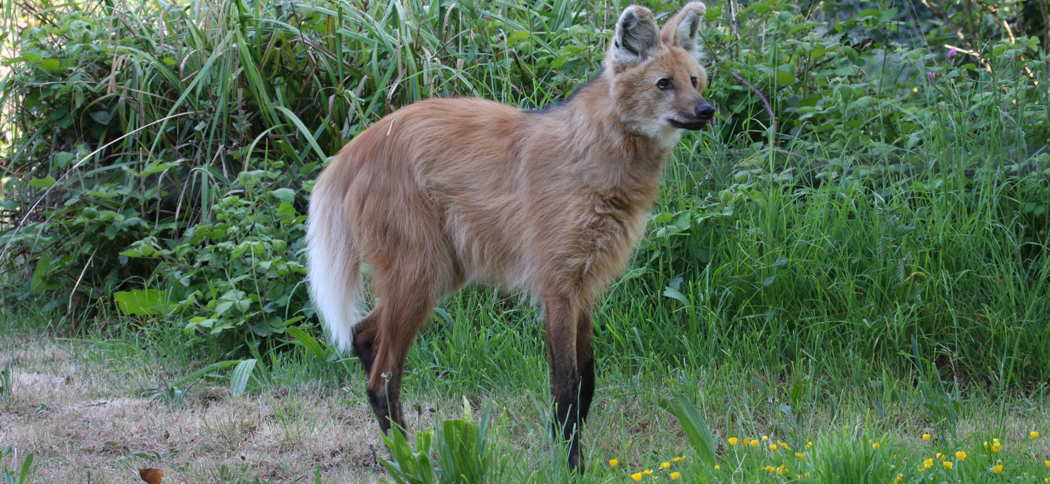
Strange Tails
We're delighted to have a strong population of strange-tailed tyrants at the reserve. So much so that we've adopted these beautiful and endangered birds as the symbol of the Trust
The growing diversity of the animals of Reserva Don Luis is a fresh source of delight every time we return. We don't play favourites, but it's impossible not to engage more with some of our more conspicuous guests. One of these is the strange-tailed tyrant. The male is stoic in his tolerance of one of nature's strangest - and it would seem least practical - adaptations. He's willing to suffer to be beautiful, and somehow manages to fly with tail feathers that were surely designed for a bird three times his size.
We love his perseverance; his resolution to succeed against challenge, and his ability to prove that anything is possible. He's appearing in growing numbers on the Reserva Do Luis, and his success has become an allegory for, and a symbol of, our own.
When we started the process of updating and redesigning our website, we wanted to adopt an image that symbolised our aims and our challenges. This brave little flycatcher, with his indomitable character, was the perfect choice.
The logo is a stylised profile of a male tyrant, silhouetted against the sunrise. We coloured the sun the blue of the Argentinian flag in honour of this country's beauty, its climate and the breathtaking span of magnificent animals that it nurtures.

Bat Research
Our bat team is conducting bat research both in the Ibera Marshes and in other provinces. We are especially concentrating on Misiones at the moment where we find the largest bat in Argentina, Chrotopterus auriitus and Myotis ruber, two species that we are researching.

Maned Wolf, Aguara Guazu
Chrysocyon Brachyurus
The Maned Wolf is a solitary animal with a large range and is found only in northern parts of South America, such as Brazil, Eastern Bolivia and Northern Argentina. We have seen this species at our reserve on several occasions but it seems to prefer dry conditions so when we are in wetland status they are not usually seen.
It is the largest canid of South America and is the only species in the genus 'Chrysocyon'. It can occasionally be heard, or less often sighted, in the Esteros del Iberá. It is listed as Near Threatened in the IUCN redlist although Brazil lists it as Vulnerable.
It lives in mainly grassland areas with low percentages of tree cover and seems adapted to wetlands. (Its toes are specially adapted to walking in marshland.) It looks like a very tall fox with long black legs, a black mane, large upright ears and a white tip to its tail. These long legs are probably an adaptation to enable it to see above its habitat of tall grassland. It averages 1m at the shoulders and weighs between 20-35kg.
It is nocturnal, has no natural predators (other than possibly the Jaguar) and preys on small mammals. It's omnivorous diet includes fruit as a major part, usually in the form of Solanum lycocarpum. In Argentina it is known as Aguará guazú.
It can live up to 15 years in captivity (unknown in the wild) and the female bears between 2 and 5 cubs. They form monogamous pairs although they may only come together to mate. In 2012 we heard 2 of these mammals calling to each other many times at our reserve. We also saw footprints and managed to capture an image on Camera trap. Since then we have captured several good images of this large Canid and have also had several sightings including one very close encounter. In the severe drought of 2021/2 this mammal was seen in the land adjoining Reserva Don Luis.
Threats to this species come from habitat loss. Each animal has a huge range so this threat is especially pertinent. They are also found killed on the roads and can contract diseases from dogs.

